GIS Geeks - GIS, Remote Sensing, Web Mapping, Python, Data Science
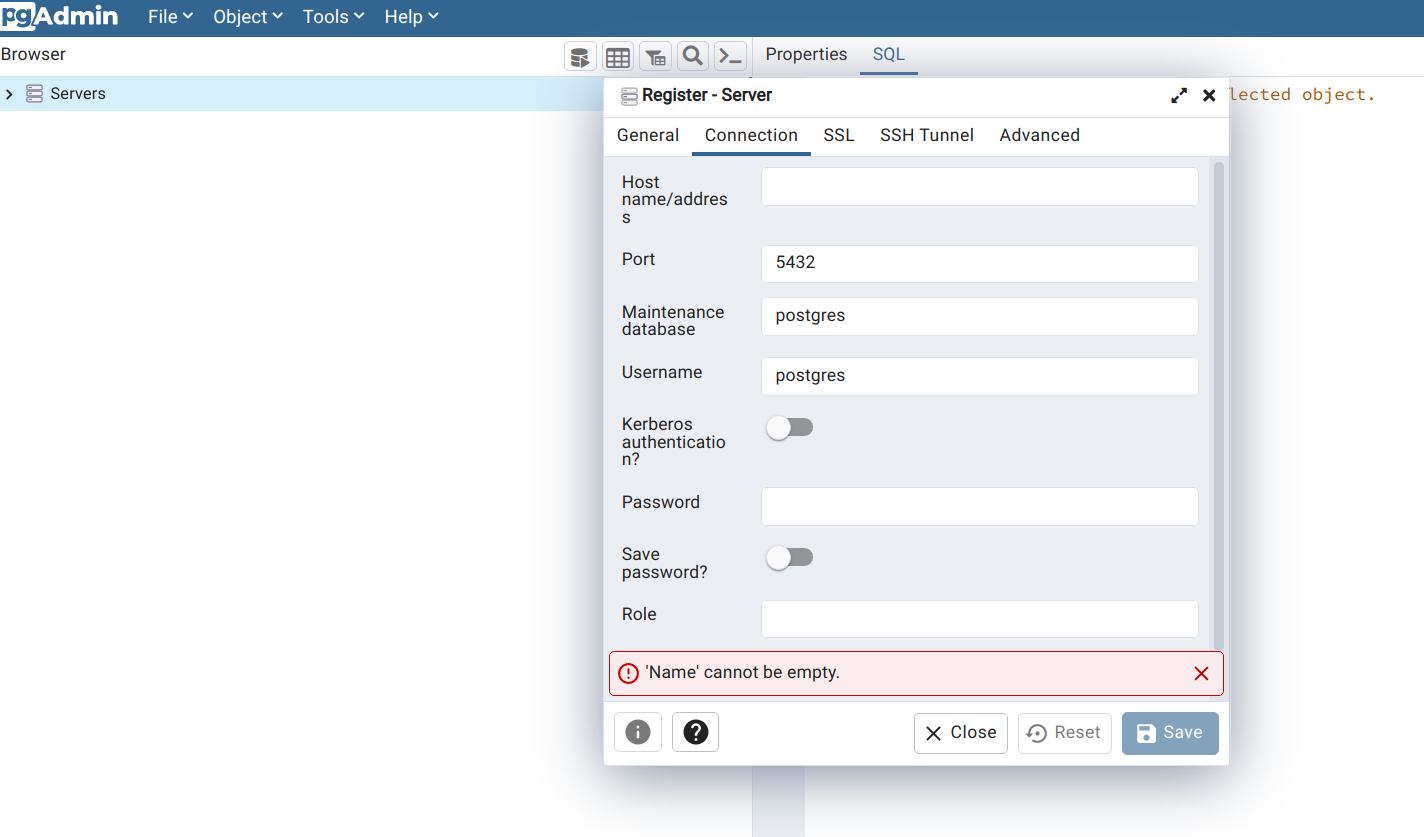
Configuring Remote Access to PostgreSQL Database from Your Local Server
Enabling remote access to a PostgreSQL database is a crucial step for expanding the reach of your applications and managing databases from anywhere. By configuring PostgreSQL to accept remote connections, you empower your local PC to interact with databa

Clip Image by Feature/FeatureCollections in Google Earth Engine
Earth engine is a powerful platform to deal with massive scale earth observation datasets. Clip is one of the useful functions in Google Earth Engine that use to clip raster image or image collections for a specific area as feature or feature collection.

How to Composite and Mosaic Images in Google Earth Engine?
The way of composite and mosaic of satellite images or image collection to create a single image in Google Earth Engine

Deploy Django with PostgreSQL, Gunicorn, Nginx, and Supervisor on Ubuntu 22.04 LTS
Deploy a Django app in Linux Ubuntu Server using NGINX, Gunicorn, Supervisor and PostgreSQL

How to Create a Point/Polygon Features in Earth Engine?
In Earth Engine, features can be created by geometry using the ee.Geometry() function. The ee.Geometry() function allows you to create various types of geometries such as points, lines, polygons, rectangles, and circles.

How to Count Total Number of Features in Vector Data in Earth Engine?
In Earth Engine, the number of features in a FeatureCollection can be obtained using the .size() method. Here, we will count the number of total features in the TIGER states feature collection.
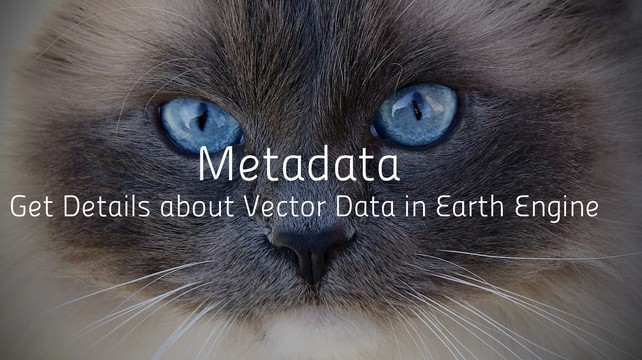
Metadata - Get Details about Vector Data in Earth Engine
Metadata is an important data for understanding the data in details. Earth Engine provide ee.Feature class to access the metadata for vector data.
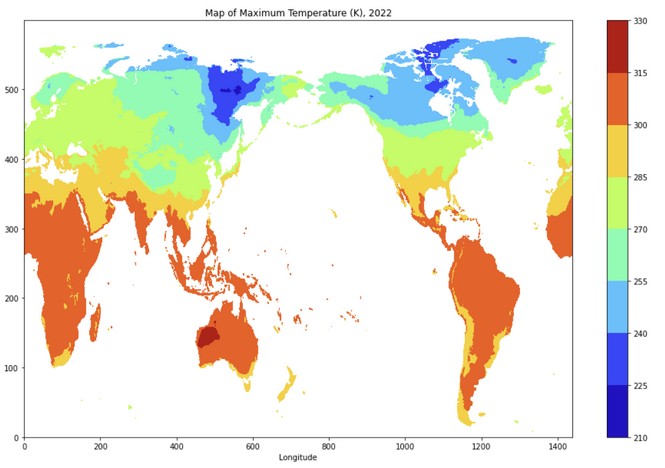
Visualize netCDF4 data in Python
The Network Common Data Form (NetCDF) is a file format for storing multi-dimensional data such as temperature, humidity, pressure, wind speed, and direction.

Visualize NDVI in Microsoft Planetary Computer
Calculating and visualizing NDVI from Landsat satellite imagery in Microsoft Planetary Computer

An Introduction to Planetary Computer – Visualize IPCC CMIP6 Geospatial Data
The Planetary computer is a platform offering data as well as computational power to analysis and visualize large scale geospatial datasets.

How to Install PostgreSQL with PostGIS in Linux Ubuntu?
PostgreSQL is one of the most leading powerful, robust, open sources object-relational database system. It is used as a data warehouse in storing data for mobile, web applications and others.
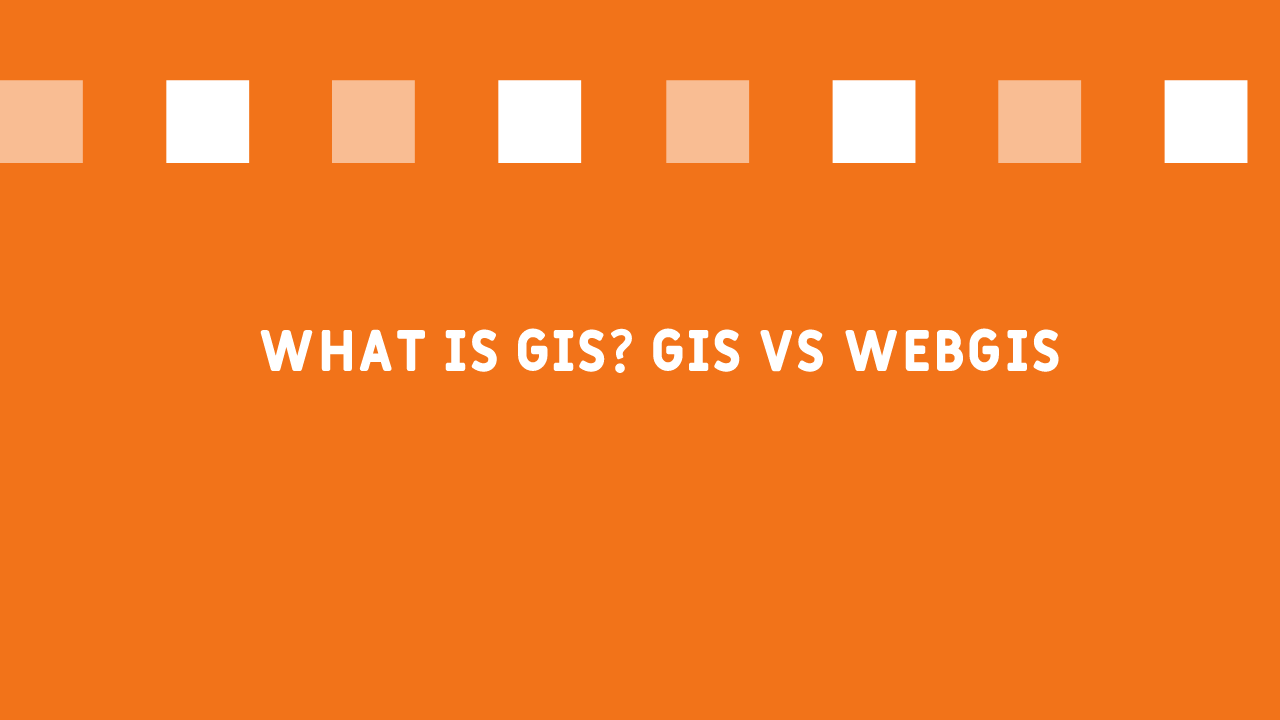
What is GIS? GIS vs WebGIS – A Brief Discussion
A Geographical Information System (GIS) is a computer-aided system of hardware, software, and procedures used to capture, store, edit, manipulate, manage, analyze, share, and display all geospatial data in a given formats.
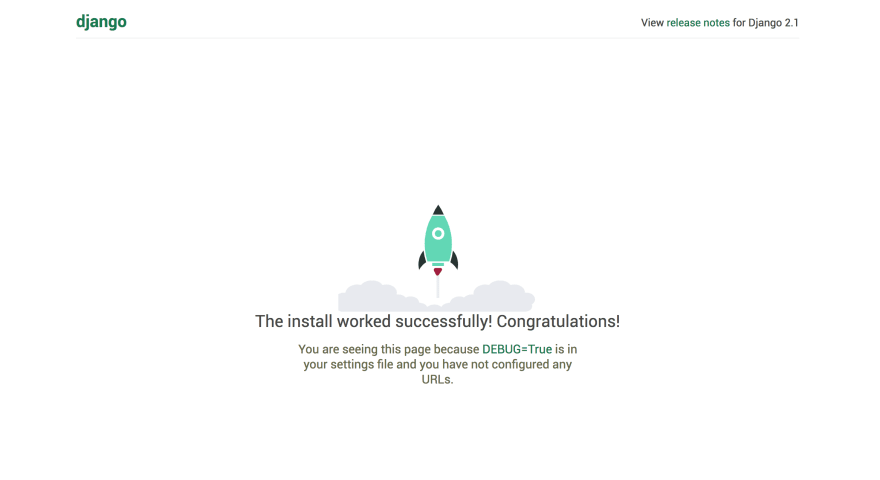
How to install and setup Django project inside Anaconda?
A virtual environment in python is like a tool that helps to manage python packages and third-party libraries. Anaconda is the world's favorite package management tool that helps to create a python version-specific virtual environment.
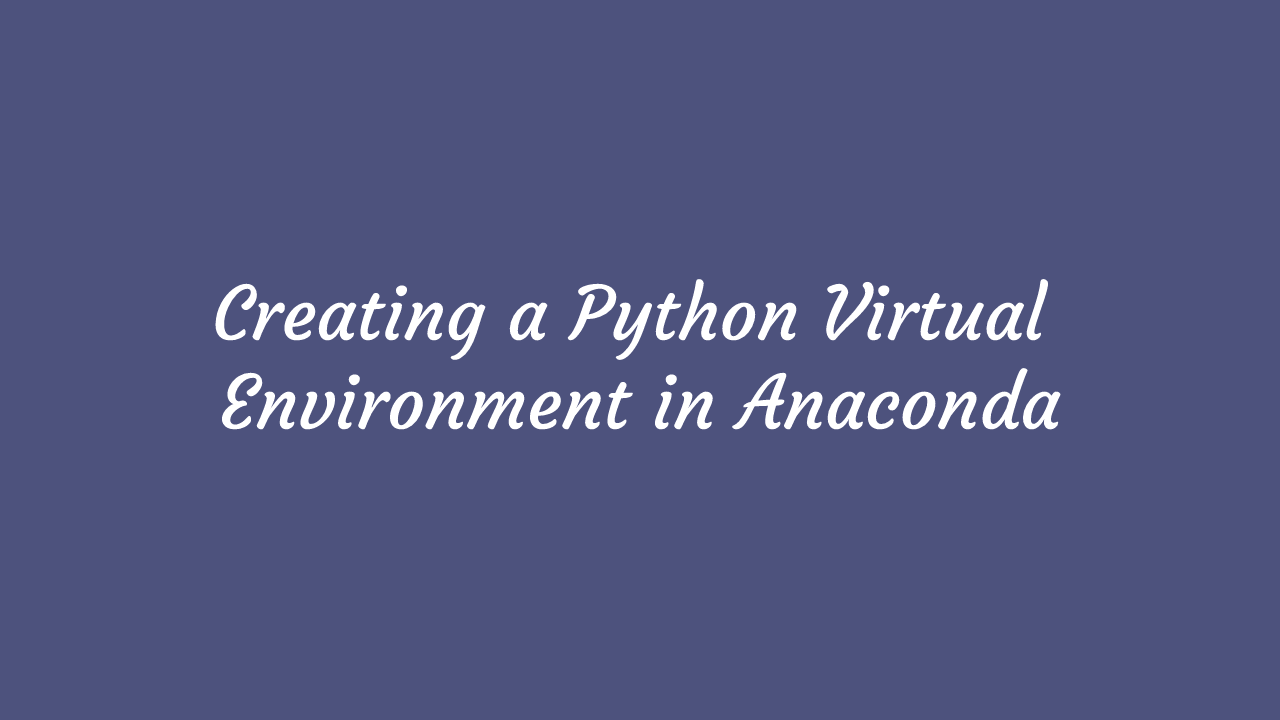
Creating a python virtual environment in Anaconda
A virtual environment in python is like a tool that helps to manage python packages and third-party libraries. Anaconda is the world's favorite package management tool that helps to create a python version-specific virtual environment.
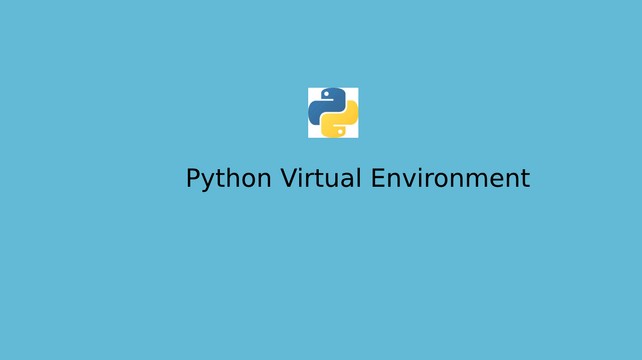
An introduction to python virtual environment - getting to know about your first python virtual environment
A virtual environment in python is like a tool that helps create an isolated environment for each project to maintain the dependencies of different site packages (3rd party libraries) required for each project.
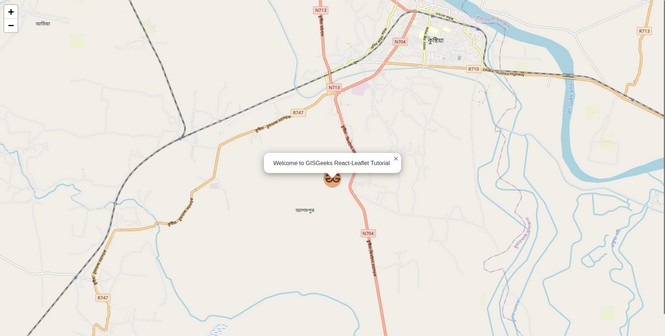
An Introduction to Web Mapping with React and LeafletJS
React is one the most popular open-source JavaScript library created by Facebook for building reusable interactive User Interface (UI) components.

How to Install GeoServer at Linux Ubuntu Server Using Linux Binary?
GeoServer is an open sources java based GIS server. GeoServer publish geospatial data in an open standards format set forth by the Open Geospatial Consortium (OGC).

How to install GeoServer with Apache Tomcat 9 on Linux Ubuntu?
GeoServer is an open-source java-based GIS server. GeoServer publishes geospatial data in an open standards format set forth by the Open Geospatial Consortium (OGC).
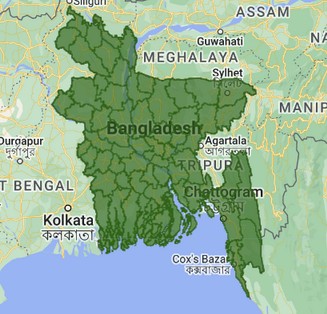
How to Import and Visualize Vector Data in Google Earth Engine?
FeatureCollection is an accumulation of features to enable additional operations such as filtering, sorting and rendering. Earth Engine store the vector data as table and import as FeatureCollection.
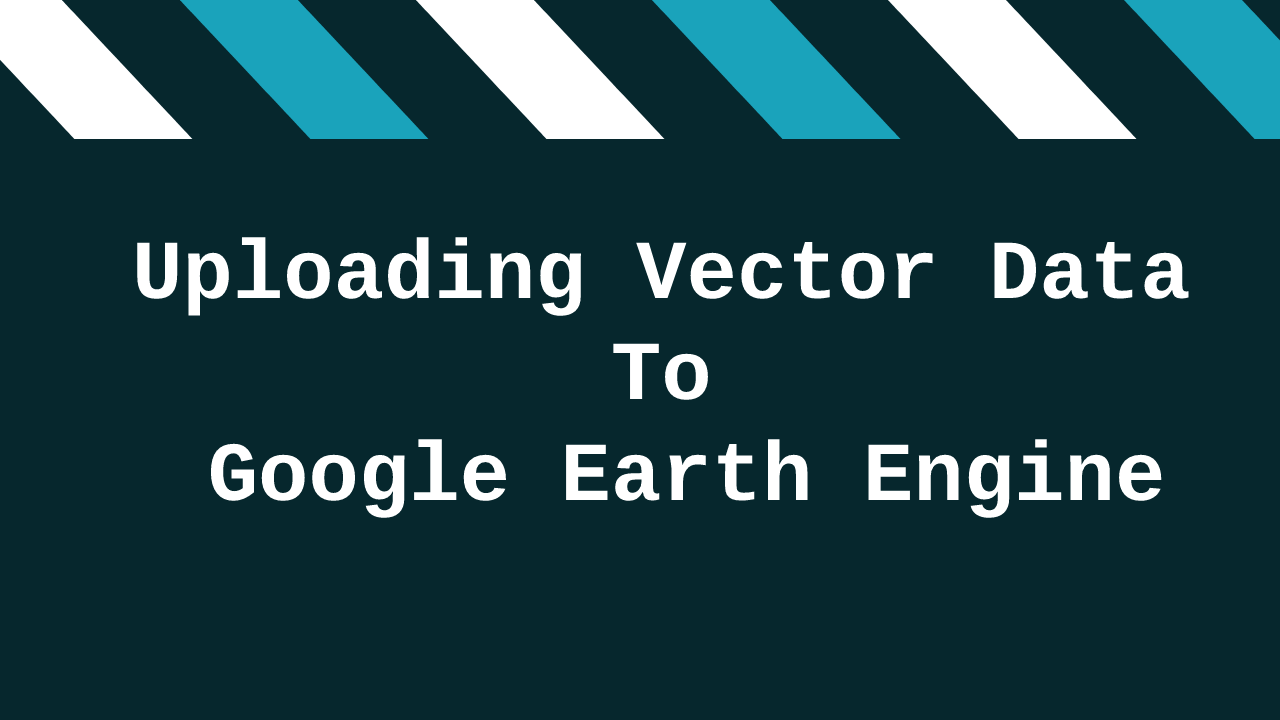
How to Upload Shapefile/GeoJSON data in Google Earth Engine?
Google Earth Engine provides an option to upload a custom shapefile or geojson data from user.
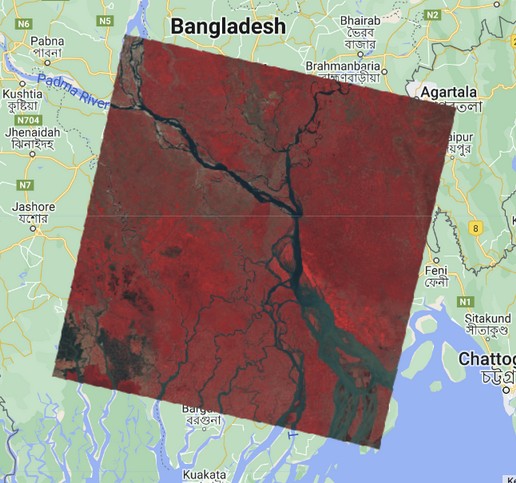
Visualize Image in Google Earth Engine
We can visualize raw or process images in various ways at Google Earth Engine.

Exploring Image Collection and Image Metadata in Google Earth Engine
Image meta data is an import information to know more about the image like band names, projection information, properties, etc.
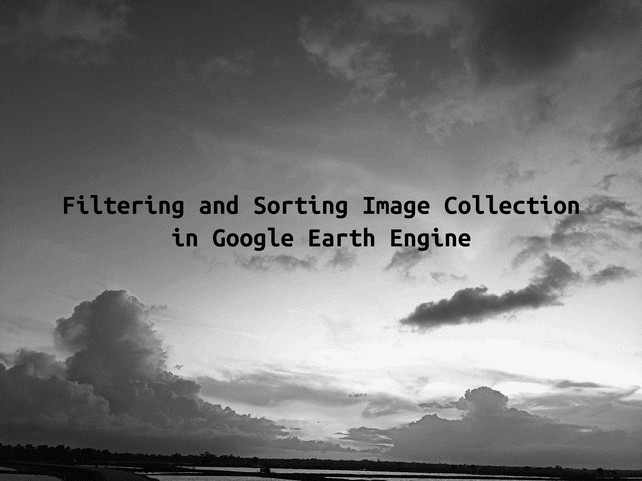
Basics of Filtering and Sorting Image Collection in Google Earth Engine
Google Earth Engine is providing a filtering and sorting function to reduce the number of images and getting a least cloudy images from an image collection

Google Earth Engine Image Collection - An Overview
Image collection is a way of grouping accumulated/collected timestamp images that have similar characteristics into a single location.
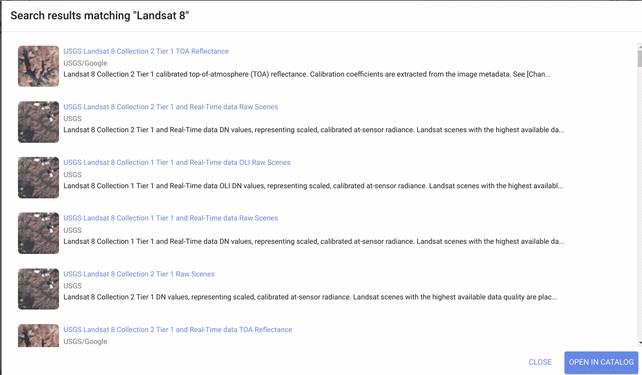
An Introduction to Earth Engine Data Catalog - List of Available Datasets
Google Earth Engine (GEE) hosts publicly available multi-petabyte curated geospatial datasets from various sources fostering geospatial analysis and overcoming the limitations of data storage and computational power.
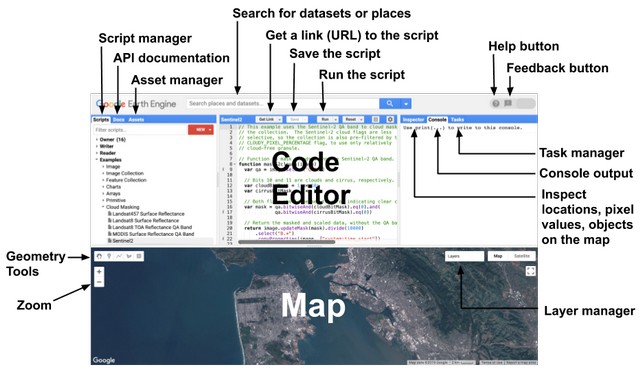
Google Earth Engine Code Editor – A Brief Discussions
Google Earth Engine provides an interactive web-based IDE to read, write, run code, debug, analyze and visualize data in an interactive way.
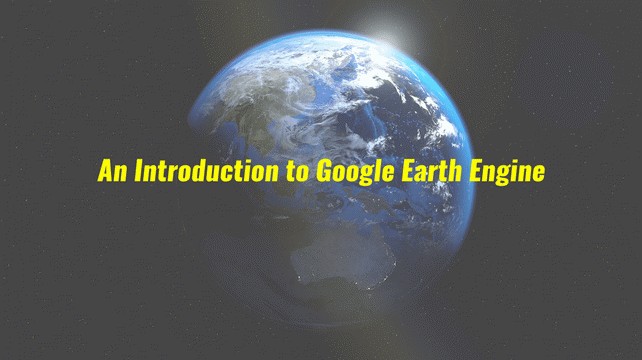
An Introduction to Google Earth Engine
Google Earth Engine (GEE) is a cloud-based platform that offers multi-level geospatial data analysis at planetary scale.
